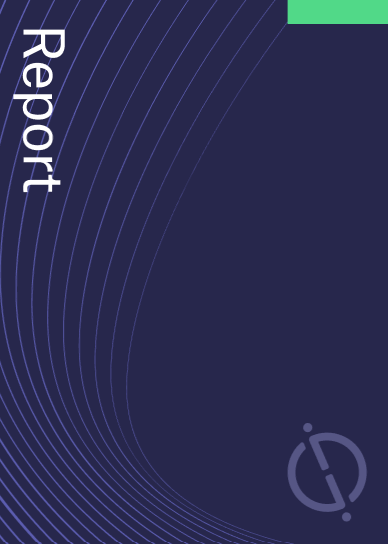BlackRock has filed a patent for a model predictive control (MPC) method that incorporates both liquid and illiquid assets in strategic asset allocation (SAA). The method uses a multi-period optimization problem to construct portfolios and includes risk and liquidity constraints. The patent also describes a method for generating a commitment plan for a portfolio with illiquid assets. GlobalData’s report on BlackRock gives a 360-degree view of the company including its patenting strategy. Buy the report here.
According to GlobalData’s company profile on BlackRock, insurance pricing automation was a key innovation area identified from patents. BlackRock's grant share as of September 2023 was 64%. Grant share is based on the ratio of number of grants to total number of patents.
Method for strategic asset allocation with illiquid asset classes
A recently filed patent (Publication Number: US20230306520A1) describes a method and system for generating a commitment plan for a portfolio that includes illiquid asset classes. The method involves receiving information about the previous dynamics of the illiquid asset classes from data sources and transforming this information into time-varying data related to a state transition matrix and an input control matrix. A mean state transition matrix and a mean input control matrix are computed based on the time-varying data.
The method then implements a convex optimization procedure to minimize the mean square tracking error between a time-varying illiquid wealth variable and target illiquid wealth over a specific time period. It also aims to minimize the mean square difference in time-varying commitments over the same time period. This optimization procedure is subject to a first constraint based on the mean state transition matrix and the mean input control matrix. The procedure is iteratively implemented until a set of commitments is achieved that satisfies the objective and constraint.
Once the set of commitments is determined, it is transmitted to a user device via a communication interface. The commitment plan can include information about the illiquid asset classes in the portfolio, such as capital call events, distribution events, and commitment events.
The patent also describes a system that includes a communication interface, a memory storing instructions, and one or more processors. The system performs similar operations as the method, including transforming previous dynamics into time-varying data, computing mean state transition and input control matrices, implementing the convex optimization procedure, and generating the commitment plan based on the set of commitments. The system can also transmit transaction request messages to a financial exchange platform based on the commitments.
The method and system can be applied to portfolios with multiple illiquid asset classes and liquid asset classes. The mean state transition matrix and mean input control matrix can be computed as stationary mean dynamics generated at a specific time or time-varying forecasted mean dynamics conditioned at a specific time.
The convex optimization procedure can be subject to additional constraints based on risk tolerance parameters, liquid and illiquid exposure of the portfolio, and the probability of insolvency.
Overall, this patent presents a method and system for generating commitment plans for portfolios with illiquid asset classes, providing a systematic approach to optimize commitments based on various factors and constraints.
To know more about GlobalData’s detailed insights on BlackRock, buy the report here.
Data Insights
From

The gold standard of business intelligence.
Blending expert knowledge with cutting-edge technology, GlobalData’s unrivalled proprietary data will enable you to decode what’s happening in your market. You can make better informed decisions and gain a future-proof advantage over your competitors.







